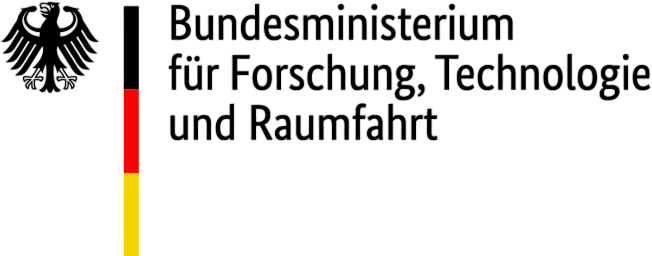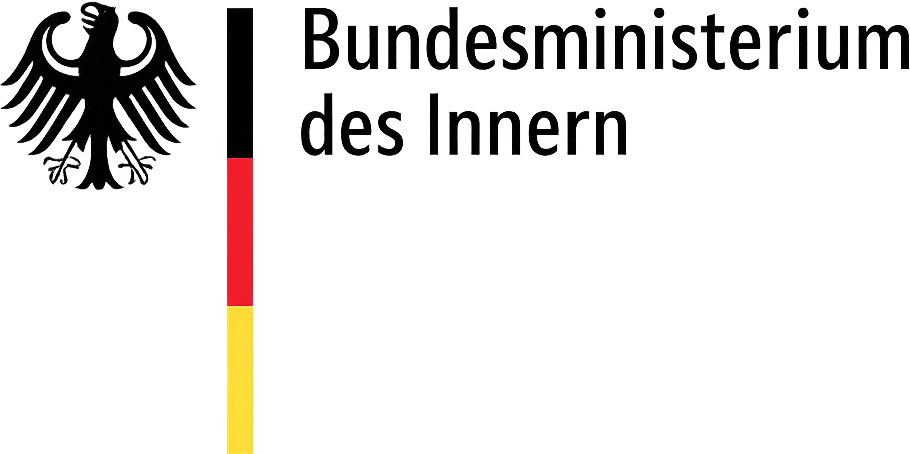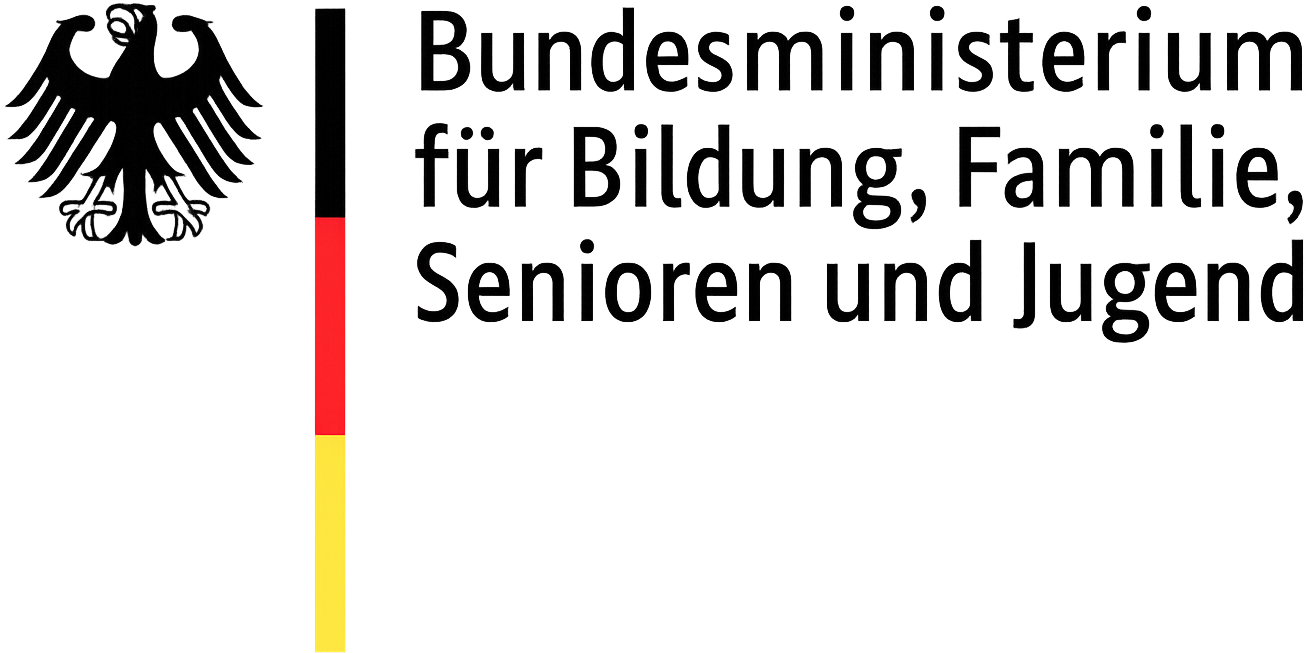Autor*innen
Organisation/Institut
Fachgebiet
Publikationsformat(e)
Projektstand
Projektbeginn
Projektende
Forschungseinrichtung(en)
Zentraler Phänomenbezug
Phänomenbereich
Schumann, Sandy; Boer, Diana; Hanke, Katja and Liu, James
University College London
Social psychology, communication science
Peer-reviewed journal article
Completed
1. Februar 2015
31. Dezember 2016
Universitär
Extremismus
Rechts
Zentrale Fragestellung:
We assess the affinity between social media and populist radical right parties by examining a) whether more frequent social media use for news enhances the willingness to vote for a PRRP (exposure effect) as well as b) whether individuals who have voted for a PRRP in the past use social media more frequently to access news (selection effect).
Stichprobenbildung – Datenzugang:
Stratified quota sampling techniques were used, based on information from the 2011 census in Germany, to achieve a sample that closely matched the German population on the variables of gender, age, and state of residency. However, in Wave 2, due to drop-out, the sample can not be considered representative. Wave 1 data were collected from September to October 2015, and Wave 2 data collection ran from March to April 2016.
Gesamtstichprobengröße
Inhaltlicher / Thematischer / Empirischer Zentralfokus
Methodik
Erhebungsverfahren
Auswertungsverfahren
N = 644
Multivariante Verfahren
Zentrale Forschungsbefunde:
The present research indicates that social media use for news is unlikely to sway voting intentions in favour of populist radical right parties (PRRPs) when it comes to choices between parties that differ substantially in terms of key policy stances and ideology. On the other hand, we documented that more frequent social media use impacts voting intentions regarding parties that compete with a populist radical right party over the same voter base. Dominant and noticeable social media content that promotes populist radical right ideology and style – introduced either by PRRPs and their supporters or adopted by other outlets – provides PRRPs with an advantage of visibility and engagement that may to a certain extent contribute to additional vote shares (Engesser et al., Citation2017; Ernst et al., Citation2017; Krämer, Citation2017).
Implikationen oder praktische Verwendbarkeiten:
As individuals are increasingly receiving political news through social media, it is important to encourage a balance of views and positions. If certain actors, such as PRRPs, are more active and prolific in digital settings, they can attain an advantage in attracting citizens‘ attention (and possibly votes). Those exposure effect are unlikely to be balanced out through traditional/legacy media. Therefore, actors who want to compete with PRRPs over vote shares need to reach citizens on social media. Given the high level of personalisation of content on social media, doing so may include strategies that allow content to be initially considered as relevant, even if ultimately opposing views are presented. Insights on counter-narratives may proof valuable in this context.
Hinweise / Anregungen zu möglicher Anschlussforschung:
We conducted a follow-up study that examined the possibly reinforcing spiral between populist attitudes and social media use (i.e., does more selective social media use predict over time stronger populist attitudes). This paper is available here: https://www.tandfonline.com/doi/full/10.1080/1369118X.2021.1907435
Zitation des Projekts
- Schumann, S., Boer, D., Hanke, K., & Liu, J. (2021).
Social media use and support for populist radical right parties: assessing exposure and selection effects in a two-wave panel study. Information, communication & society, 24(7), 921-940.
Quellenangabe projektbezogener Publikation
Verlinkung zum Projekt:
/



